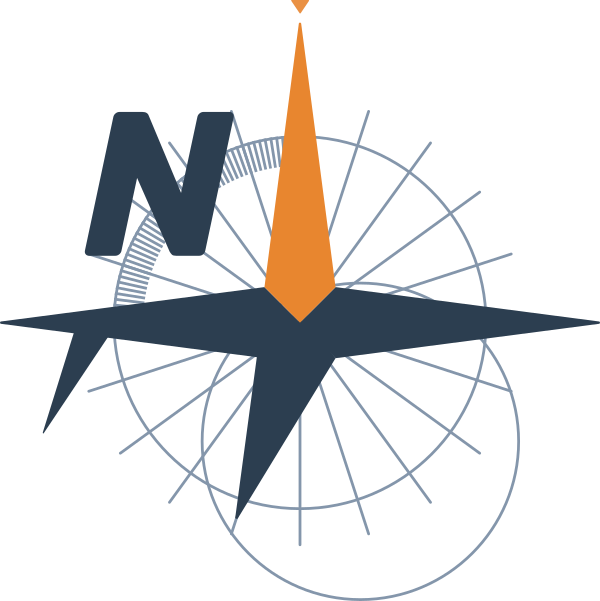Hello everybody!
Throughout these lessons, we have sailed through the exciting world of CFDs and their application to yacht design.
As we have seen, CFD can be used at several design stages, including conceptual and detailed engineering phases. They have also been shown to be useful in the optimization loop.
We have learned to use a popular open-source CFD code such as OpenFOAM, keeping in mind the importance of understanding the mathematics and physics behind the problem we are assessing.
In this course, we have first reviewed the mathematical representation of fluids, the Navier-Stokes Equation. We have explained how they can be expressed in terms of conservation laws of the fundamental magnitudes of the fluid, that is, mass, linear momentum, and energy. We have also studied the fundamental aspects of numerical methods in general.
These include the mathematical properties of any numerical method, convergence, consistency, and stability, the different families of methods used in fluid mechanics, and the methods applied to integrate in time. The Finite Volume Method that is implemented in OpenFOAM has also been addressed.
To finish with this part, an easy canonical case, the Poiseuille Flow, has been studied theoretically. After that, the case has been simulated using OpenFOAM. There, we learned how to run a simple simulation and explore the results in order to compare them with the theoretical solution.
In the second part, we presented an overview of profile theory. We have gone through the physics of the problem, focusing on the importance of viscosity to explain this phenomenon.
Also, we have studied some general aspects of the potential flow theory, which, although it does not consider viscosity, allows us to calculate lift forces in hydrodynamic profiles using the circulation and linking it with the lift force through Kutta-Joukowsky’s theorem.
Before performing simulations, we also revisited the geometrical definition of profiles and studied the 3D effects that happen in this type of hydrodynamic appendage, such as the induced drag.
Then we simulated a NACA lifting profile at a certain angle of attack. We have deepened into each of the relevant files necessary to perform a simulation in OpenFOAM. First, we learned how the meshing process is done, which is crucial to obtaining a good set of discretized elements. Then, we have put into practice some of the concepts introduced in part one when building up the simulation. We executed both a steady state and a transient simulation, understanding their differences and the practical use of each of them. Finally, we post-processed the results using tools like ParaView, Python, or Gnuplot.
In the last part of the course, we studied the case of boat resistance. We started by reviewing the different components of this force by considering the different physical mechanisms generating these components. These mechanisms are basically two: viscous resistance, which is a consequence of the viscosity of the fluid, and wave resistance, which is, in turn, a consequence of the fact that the boat navigates through the interface between two fluids. We have also deepened into the subdivision that we could make of these two components.
After that, we briefly reviewed the different methodologies to compute boat resistance, including towing tank tests, systematic series, regressions, potential flow solvers to compute wave resistance, or viscous CFD, which is the object of interest in this course.
Finally, we have applied all the concepts learned to the resistance computation of a 17 m sailing yacht. We revisited some of the elements introduced in part two, adding some novelties where necessary, such as the considerations to mesh a complex 3D geometry or the Multiphase treatment. We then obtained the total resistance of the boat, learning how to process forces and plotting the free surface pattern or the streamlines, just to cite some examples.
At last, we introduced some tools to make the preparation, execution, and data processing automatic within OpenFOAM.
Summing up all these contributions, within this course, you have studied the key concepts around the CFD industry, learning how to use a viscous CFD code such as OpenFOAM through different practical examples of yacht applications.

